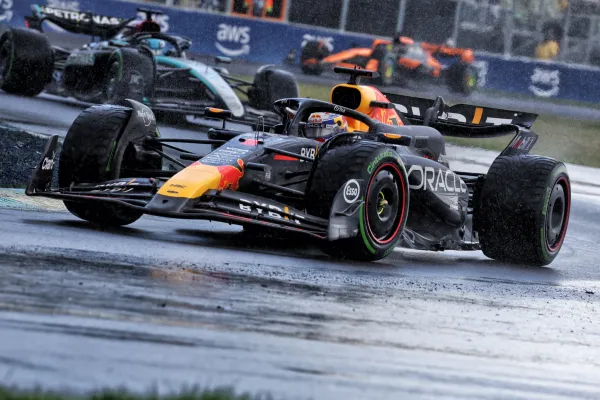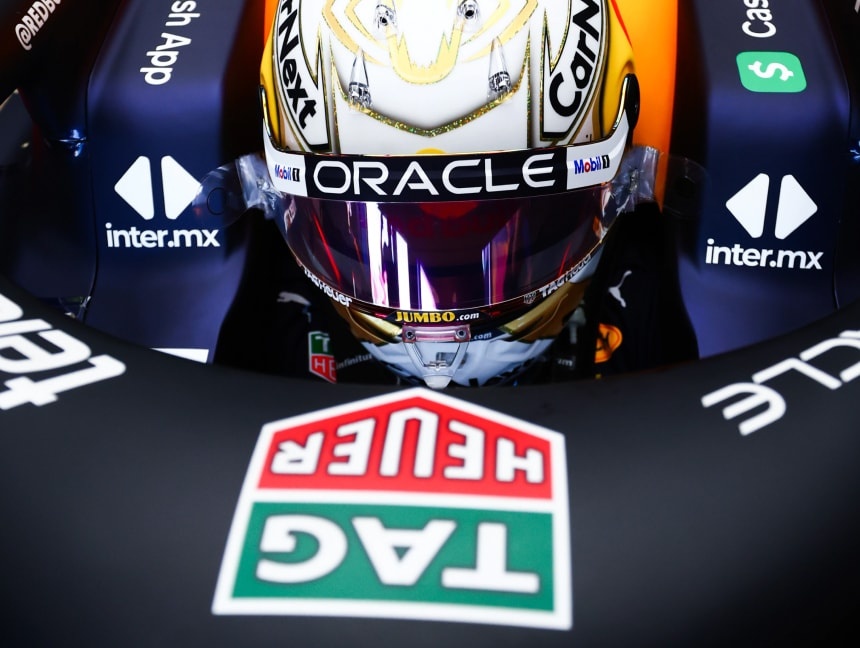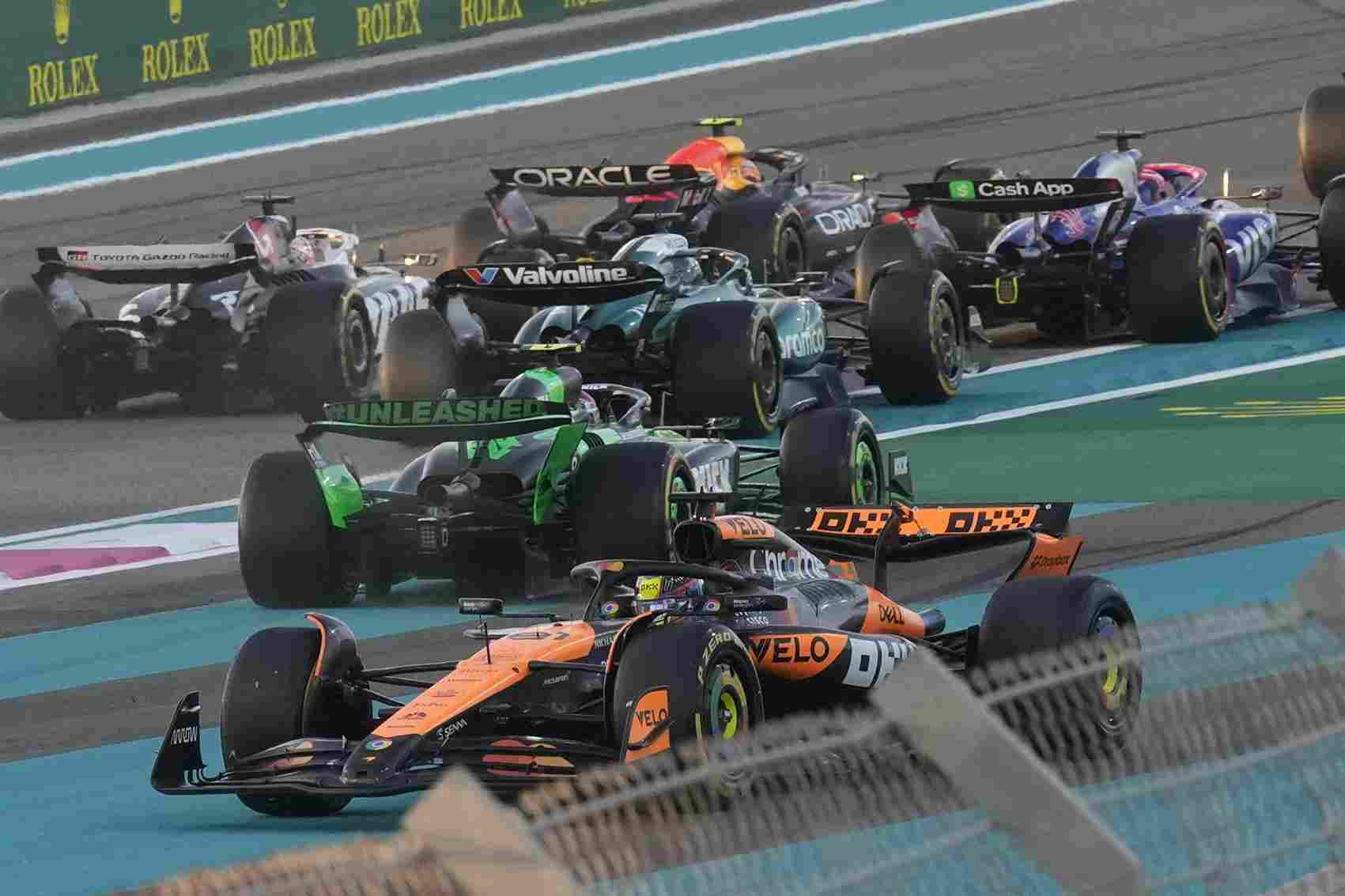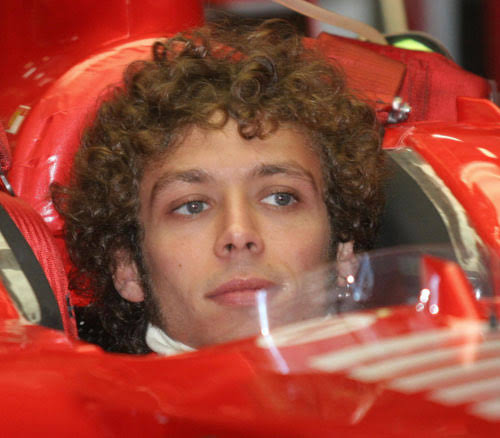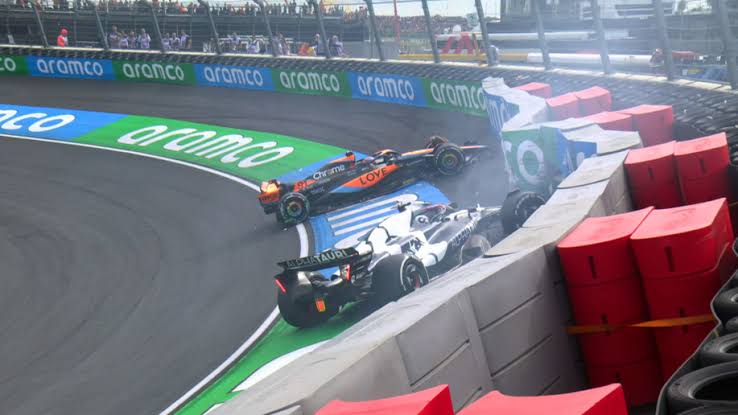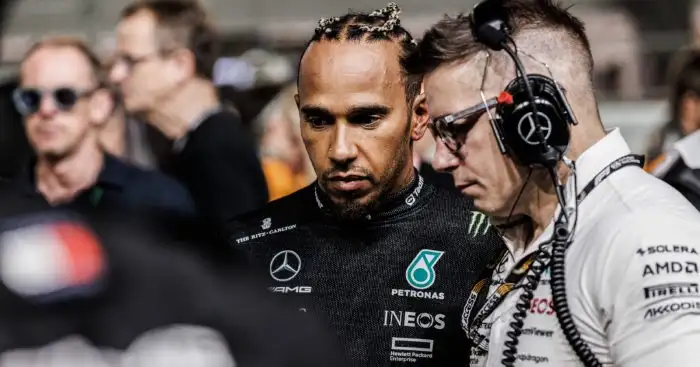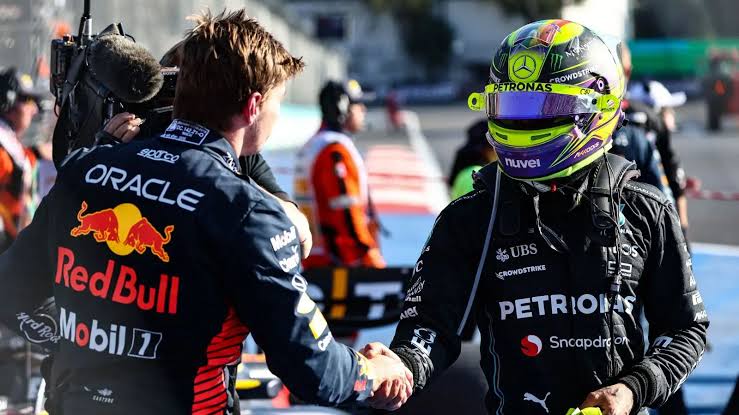Why F1 Mechanics Take A Lot Of Time In Starting A Grid?
Formula 1, the pinnacle of motorsport, offers thrilling moments on the track, but some of the most intriguing happen behind the scenes. One puzzling aspect for spectators is why F1 mechanics often take a substantial amount of time to prepare the cars on the starting grid. Let’s delve into this phenomenon, with the recent 2023 Italian Grand Prix at Monza providing a vivid example.
Delayed Starts and Confusion
The Monza race this year was anything but ordinary. Scheduled to start at a specific time, it faced a series of setbacks. Yuki Tsunoda’s AlphaTauri ground to a halt on the initial warm-up lap due to a suspected MGU-H issue. This unexpected delay set the stage for an unusual chain of events.
A Gathering Of Competitors:
As Tsunoda’s car came to a standstill, the other drivers gathered on the grid as they typically do for a standing start. However, the situation quickly escalated.
The Aborted Start:
Drivers received the unexpected order to abort the start and complete another formation lap. This marked the beginning of confusion for both drivers and spectators.
The Missing Information:
Upon returning to the grid for the second attempt, the drivers faced an information void. The LED display board alongside the Formula 1 starting lights remained blank. Instead, they relied on their race engineers communicating through team radio channels.
An Invisible Decision:
The drivers had no way of knowing that the second start had been officially aborted. The FIA timing information screen failed to display this crucial information. Instead, officials conveyed the decision via radio channels and media communications groups.
Grid Entry Dilemma:
One of the most perplexing aspects of the delayed start was the mechanics’ struggle to return to their cars. They needed to cool the engines and brakes, as well as warm the starting tires with blankets. However, they couldn’t quickly access the grid through the Monza pitlane’s main gate near the front of the pack.
Safety Takes Priority:
The delay in opening the gate stemmed from concerns about safety. The LED screen’s failure to display the second aborted start created uncertainty. Security officials were reluctant to open the gates without following the proper protocol. They preferred a late gate opening over the risk of cars running near personnel on what was still effectively a live track.
Mechanics’ Initiative:
Amid the confusion, two mechanics took matters into their own hands. Rather than waiting for the gate to open, they climbed over the pitwall to reach their cars ahead of the rest of the team.
The Restart:
Once the gate was finally opened, the mechanics rushed back to the grid. The start procedure reset, and the race finally got underway.
The Complexity Behind The Scenes:
This intriguing episode at Monza highlights the complexity of Formula 1 racing behind the scenes. Even a minor delay can trigger a chain reaction of challenges for teams and mechanics. While F1 races are known for their high-speed action, the meticulous preparation on the grid is a crucial part of the spectacle, showcasing the dedication and precision that go into each race.
So, the next time you watch an F1 race and wonder why it takes so long for the mechanics to get things ready, remember that it’s not just about speed on the track but also precision in the pit lane.





